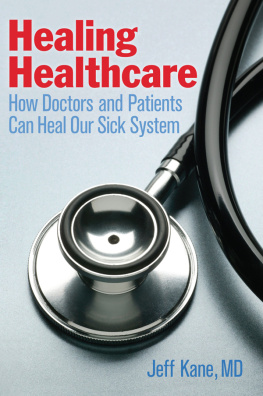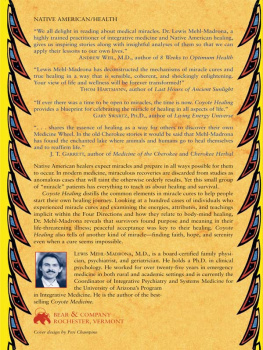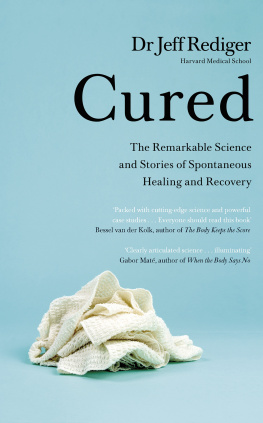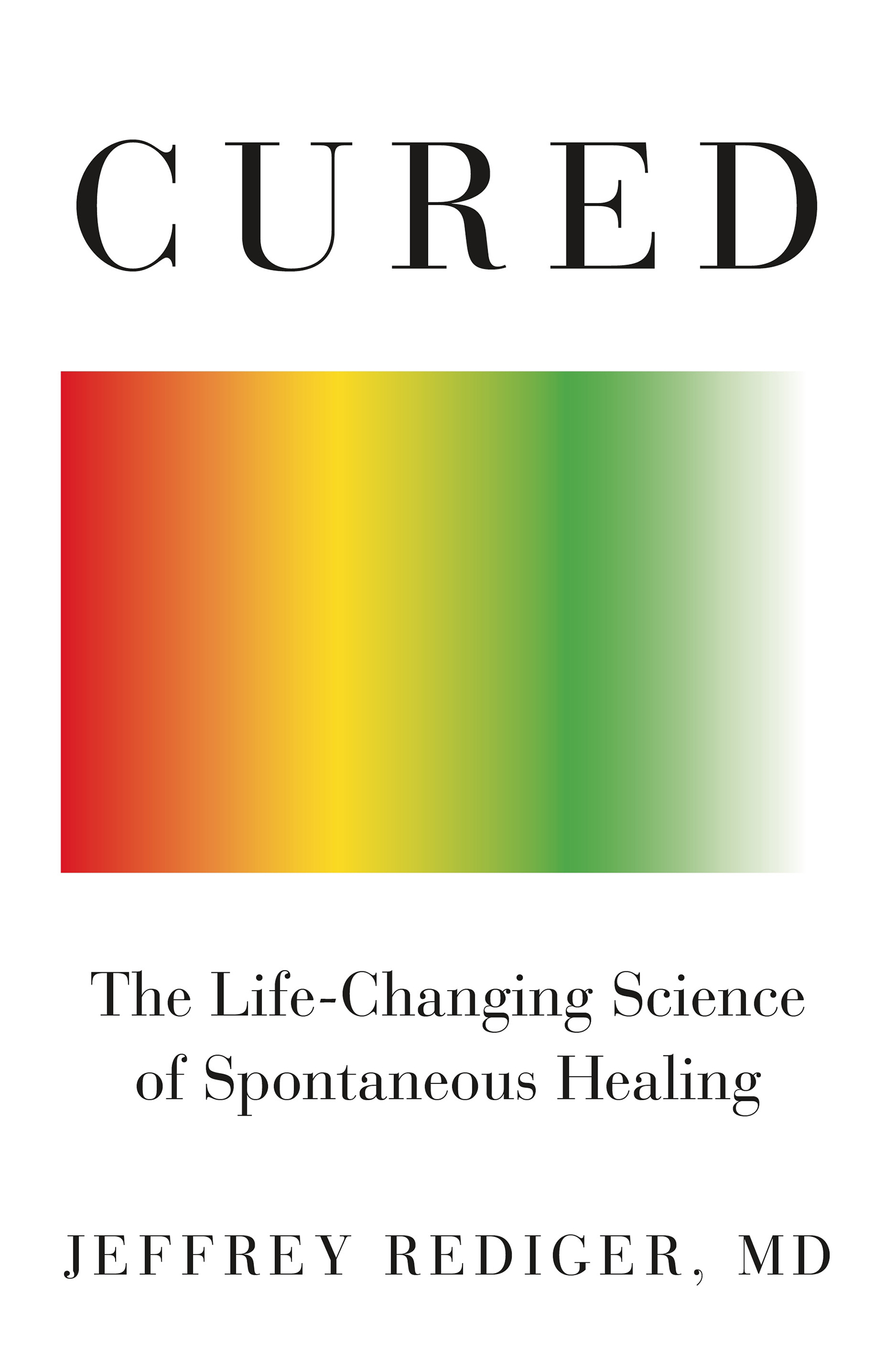The author and publisher have provided this ebook to you for your personal use only. You may not make this ebook publicly available in any way. Copyright infringement is against the law. If you believe the copy of this ebook you are reading infringes on the authors copyright, please notify the publisher at:
us.macmillanusa.com/piracy .
There are two ways to be fooled. One is to believe what isnt true. The other is to refuse to believe what is true.
Sren Kierkegaard
In 2008, the road ahead looked smooth for Claire Haser. At sixty-three, shed settled into the rhythm of her life, easily weathering its ups and downs. The map she had sketched out for her future was unfolding just the way shed drawn it: she and her husband were a couple of years away from retirement. Their kids were grown and doing well, and they had a posse of healthy grandchildren. For most of their adult lives, theyd lived in Portland, Oregon, with its soft rain, vibrant green parks, and red brick. And for most of her career, Claire had been a health-care administrator, sitting at a desk all day in a fluorescent-lit room, buried under paperwork.
Claire and her husband adored Portland, but their dream was to retire to Hawaii. Theyd been saving and planning for it for years, and now it was just around the corner. And then, the axis on which Claires contented, ordinary life was spinning started to tilt. Worrisome but vague symptomsincreasingly frequent nausea, a stabbing pain that ricocheted through her abdomensent her to the doctor. Concerned, her doctor recommended a CT scan. Claire lay on the slab of the CT machine, arms over her head, trying to breathe normally, hoping that the powerful magnetic field her body was passing through would find nothing. But the scan revealed a mass on her pancreas, about two centimeters in diameter. A biopsy dashed her last hopes; the mass was malignant, meaning cancerous. Claire was diagnosed with adenocarcinoma of the pancreas, a brutal and incurable form of pancreatic cancer.
Cancer is a loaded word in our culture, a modern bogeyman, associated more than many illnesses with damage and death. However, the truth is that every cancer varies in regard to the possibilities of a cure and the likelihood of remission. Some cancers are not fatal, and in those instances, one dies not from the cancer but with the cancer, which can live quietly and unobtrusively in the body for many years, until the person passes away from other causes. Some cancers grow slowly but steadily; others wax and wane for a number of years. Many cancers are deadly when left alone but are highly responsive to treatmentwhether that be surgery, chemotherapy, or radiation. Certain cancers will even go away by themselves, while others are not responsive to treatment at all, so any treatment the patient receives is palliative and provided only with the hope of slowing down symptoms. And there are many cancers that live between all these categories, in varying degrees of severity.
Heres what we know about Claires cancer, pancreatic adenocarcinoma: it is the most lethal form of pancreatic cancer that exists. It is rapidly progressive and leads to a brutal death. Approximately forty-five thousand people are diagnosed each year in the United States, and twice as many in Europe. Most are dead by the end of the first year. It is the fourth-leading cause of cancer death in both men and women and is projected to soon be the third.
A diagnosis of pancreatic adenocarcinoma is a death sentence. The question is not if you will die from the disease but when. Why is pancreatic cancer so deadly? In the early stages of the disease, there are no symptoms. The cancer progresses silently, stealthily. By the time the first signs emergeloss of appetite, weight loss, back pain, sometimes mild jaundice, a faint yellowing of the skin and eyesits already too late. At that point, the cancer has typically metastasized to other parts of the body. Treatment can prolong a life but not save itthe vast majority of pancreatic cancer patients (96 percent) die from the disease within five years. Most succumb much sooner; the typical post-diagnosis survival estimate is three to six months, with treatment. By that standard, Claire was lucky; her doctors gave her one year.
The future Claire had seen laid out before herher garden, Hawaii, a quiet retirement with her husbandvanished overnight. Cancer swept through like a hurricane and ripped it all away.
Claire had to wait two weeks after her diagnosis to meet with a surgeon. Her family and friends were aghast when they heard she had to wait that longshe had aggressive pancreatic cancer! Didnt she need to get it out as soon as possible? How could she go on like this for weeks, knowing that it was inside of her, possibly getting worse, possibly spreading? But she was glad for the pause. She needed to get her feet under her. Receiving a terminal diagnosis had made everything seem like a bizarre dream; her life suddenly had an end point, train tracks running off a cliff right before her eyes. It was unreal. Adding to that was the way she was treated by her doctors: as a box to be checked, a body to be shuffled along to the next procedure. As a patient in the medical system, Claire had a sense of being trapped in a kind of machine, an assembly line that moved her relentlessly from one station to the next. It felt predetermined, impersonal, routine.
At home, she dove headlong into researching her illness. She devoured books, articles, and websites, searching for a glimmer of hope, something her doctors had left out. But everything she read reinforced what they had told her already: nobody survived this type of cancer. Claire scoured the internet for any story of remission or survivaleven just one. She found nothing.
Her one chance for survival was a surgical procedure called the Whipple. A drastic surgery, it would remove part of her pancreas along with her gallbladder, areas of the small intestine (the duodenum and the jejunum), and possibly parts of the stomach and spleen as well. There were serious side effects and complications; after all, the pancreas has important jobs to doincluding blood sugar regulation and the breakdown of foodand they wanted to remove a chunk of it. Pancreatic enzymes are particularly strong, and the leakage of those enzymeswhich is common after the Whipple procedurecan cause debilitating pain. After the surgery, she would likely experience pain-inducing enzyme leakage, along with fluid retention, stomach spasms, and excruciating gas. Long term, she risked developing diabetes, anemia, and digestive issues leading to weakness and fatigue, along with vitamin and mineral deficiencies.
Unable to sleep, Claire stayed up late into the night, writing down questions to bring to the meeting with her surgeon.
Is the Whipple my only choice? If I have the Whipple, will I get diabetes or stomach paralysis? Will I ever be able to eat normally again? Will I have pain? If so, for how long? How long will the recovery be? Will this fatigue I read about ever go away? How many times have you done this surgery? What were the outcomes? How often is this surgery done in this hospital? What are the outcomes?









